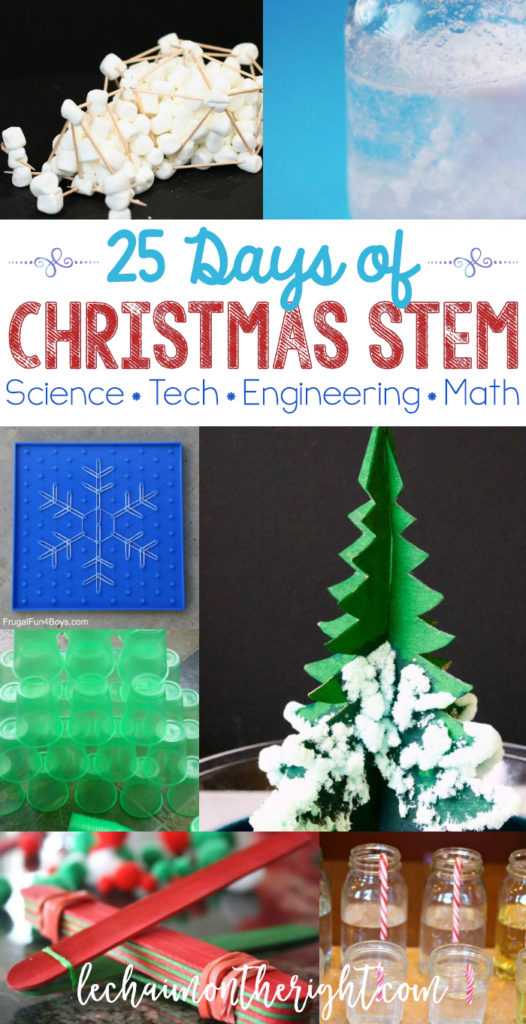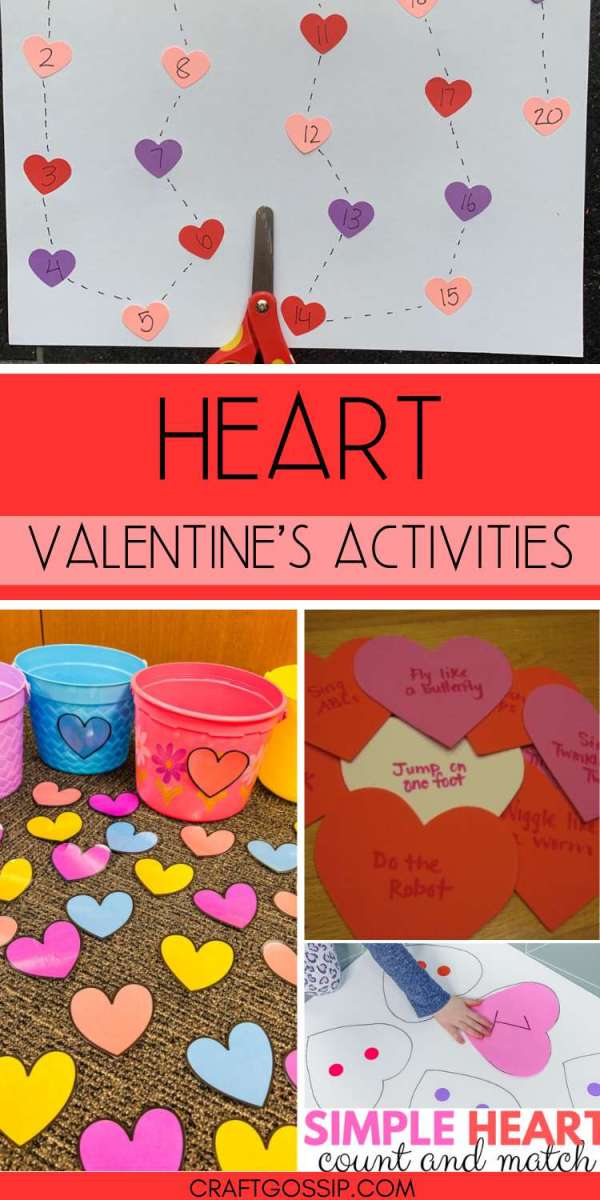It’s always fun to integrate the holidays and seasons into what you teach or the playful learning activities that are available for your kids or students to explore, which is why I love seasonal STEM and engineering challenges.
Plans for a Better Tomorrow has a great series (that’s ongoing right now, but you can see the basics of each idea on this post) of winter/Christmas STEM challenges, in which students are given supplies to make a specific thing, such as the tallest snowman or a fortress made out of marshmallows that can best withstand attack. So fun and clever!
Le Chaim on the Right has a great collection of 25 days of Christmas STEM ideas collected from around the Internet, and there’s a lot of fun stuff there. My daughter’s class did dissolving candy canes the other day and they all thought it was really cool. There’s also a snow storm in a jar, forming crystals on a Christmas tree, tinkering trees, Christmas light experiments for older kids and much more.
I’m certainly adding some of these to the list of winter break activities to have on hand for the girl!
[Photo via Le Chaim on the Right.]
Check out these Science Activity books
It is important to teach STEAM to children because it helps them develop critical thinking and problem-solving skills. STEM learning also helps children understand how the world works and how to apply that knowledge to real-world situations.
One of the most important benefits of STEAM learning is that it helps children develop critical thinking skills. STEM learning is all about finding creative solutions to problems, and this type of thinking is essential in today’s ever-changing world.
Another benefit of STEM learning is that it helps children understand how the world works. By understanding how scientific and mathematical concepts work, children can better understand the world around them. This knowledge can then be applied to real-world situations, such as environmental issues or designing a new product.
Finally, STEM learning is interesting and engaging for children. It helps them to see the world in a different way and to think about problems in new and innovative ways. This type of learning can spark a child’s curiosity and creativity, and lead to a lifelong love of learning.


 There are so many different classroom activities you can do around Valentine’s Day, from
There are so many different classroom activities you can do around Valentine’s Day, from
Leave a Reply